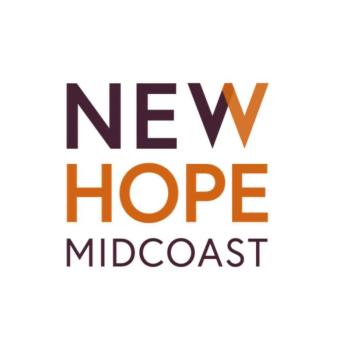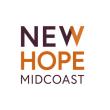Coercive control: The bottom line in domestic abuse
Domestic abuse research and reporting often focus on physical violence. But this narrow frame may be misleading. Between 60% and 80% of domestic abuse survivors seeking outside supports (i.e., from police, shelters) experience what advocates call coercive control. Coercive control is a pattern of behavior that limits someone’s freedom, like being able to say what they want or interact with whoever they choose. It is a style of behavior that underlies nearly all forms of domestic abuse and, according to researcher Evan Stark, is both intentional and targeted. Coercive control may include a mix of various forms of abuse like repeated physical violence, intimidation, sexual degradation, financial abuse and isolation. It often continues even after separation, and may precede, motivate or increase the likelihood of violence. Over time, it robs victims of their very identities.
Intimidation is a key part of coercive control. It can last for months or even years and is meant to imply that the abuser is always near. In their definition of coercive control, Brennan and Mayhill include threats, monitoring and shaming meant to generate fear and dependence. Here at New Hope, we often hear victims talk about abusers threatening to destroy something they care about, or having to choose between their own safety, their children’s safety, and the safety of pets. We hear about abusers withholding or parsing out items like food, clothing and medicine; stealing victim belongings and taking their mail; sabotaging their phones and other electronics; searching drawers; and monitoring victim whereabouts with cameras and tracking devices. Financial control, isolation and submission to strict rules are frequent. Stalking serves a double purpose; it is used to terrorize and to monitor.
Many want to make coercive control a legal offense, but researchers like Walby and Towers find that the term “coercive control” confuses the issue since all forms of domestic abuse are coercive and controlling. There are also procedural challenges. Coercive control does not always include physical acts of violence, yet prosecution is far more likely when there is a clear, violent act. Duration and frequency, key aspects of coercive control, are difficult to track. The Civil Enforcement Association points out that having access to personal details about a partner can create vulnerability and make it easy to misuse this information.
Coercive control ultimately wears people down and crushes their spirit. It’s confusing, highly personal, and can lead to mental illness and threats and infliction of self-harm. Here at New Hope, we provide an unbiased, listening ear that helps clients sift through—and make sense of—their experiences. We help victim-survivors sort out the challenging pieces that make coercive control complicated while helping them balance safety with restoring freedom, autonomy, dignity, equality and a sense of empowerment. Our advocates help victims report their concerns and plan for their safety. We walk people through options that can include seeking solutions through the criminal or civil legal systems, but may also include paths forward that lie outside of the legal system altogether.
New Hope believes in a coordinated community response to domestic abuse. Advocates help clients create a wide network of support by including healthcare professionals, family and friends, and school personnel in safety planning. Callaghan, Alexander and Fellin note that children exposed to coercive control may become “collateral damage” and experience behavioral and emotional challenges. New Hope’s specially trained advocate in Child Protective Services supports children’s well-being and assists with keeping families that have children safe.
Domestic abuse and the coercive control that serves as its foundation touch all aspects of a person’s well-being. As Walby and Towers explain, the hallmark of coercive control is a persistence that can render victims hostages in their own homes. Advocates at New Hope Midcoast are available round-the-clock at 1.800.522.3304 to support and listen to victim-survivors and concerned others across the region.
New Hope Midcoast is one of Maine’s Regional Domestic Violence Resource Centers and a member of the Maine Coalition to End Domestic Violence. The nonprofit organization supports people impacted by domestic abuse, dating violence and stalking through housing and legal advocacy, education and prevention programs, and a 24/7 helpline. New Hope empowers clients by providing options and treating everyone with care and respect. The organization serves Sagadahoc, Lincoln, Knox and Waldo counties.




































